Ashes 2019: No day off for Steve Smith, despite Lord’s Day 1 washout
Even in the worst of the rain at Lord’s, champagne tents prospered … and Steve Smith prepared.
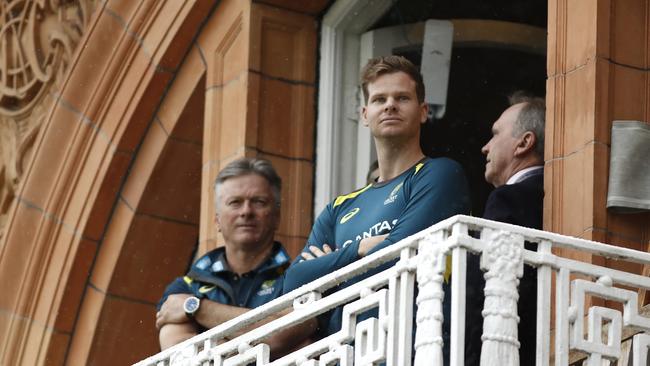
In June 1964, waves of rain restricted the Ashes Test at Lord’s to a mere 250 overs. Two full days were lost. When Neville Cardus wandered around the arena, however, he found the stands surprisingly full and the mood disarmingly buoyant.
“It is discomfort of this kind that brings out the British character full strength,” he reported in The Spectator. “Inside and outside Lord’s … congestion, noise, discomfort, hilarity and conversation reigned supreme. Perfect strangers talked together. Not since the war have I been part of the British public as cheerful as this.’
The mood was not festive at Lord’s yesterday, but nor was it entirely morose. Even in the worst of the rain, the shop did brisk business and the food trucks and champagne tents were well patronised. Between showers, a band played in the Nursery. The stands remained hopefully populated until the formal abandonment of play at 4.20pm.
Now and again, too, players appeared. Steve Smith arrived on the Australian balcony with a bat — of course — and mimed an innings complete with practice fidgets.
Steve Waugh studied the scene through binoculars like a ship’s captain on his bridge, muttering out the corner of his mouth to chairman of selectors Trevor Hohns. Peter Siddle buzzed about cheerfully — his coach Justin Langer later anointed him player of the day for “always dancing and laughing and telling jokes and stories”, calling this further evidence of his team value.
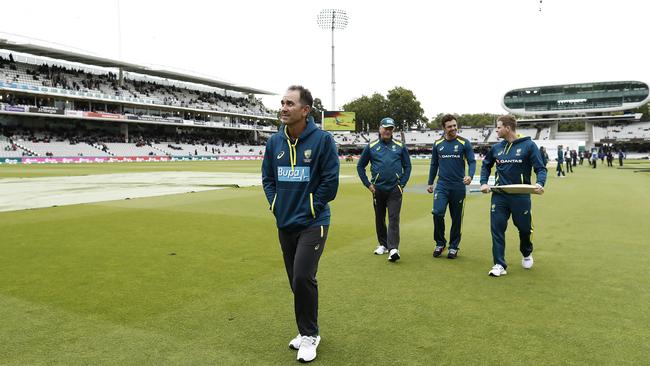
When the covers were removed after lunch, several participants emerged from the pavilion to peer at the pitch and to promenade generally.
Joe Root looked worried — the captain is never off duty. But the others, Nathan Lyon and David Warner, Chris Woakes and Rory Burns, looked downright cheerful. On the occasion of his Test debut, Jofra Archer soaked up the atmosphere, almost literally.
Between studying these rain day salutes, I spent time watching The Edge, Barney Douglas’s uncompromising new documentary study of England’s cricket team from 2009 to 2014, during which it first scaled heights then plumbed depths.
The rise is ambivalent; the fall is bleak; hindsight has brought those involved some insight into the attrition wrought by constant competition and endless analysis, the cycle of travel-train-play from which the glamour quickly peels.
The self-immolation of Jonathan Trott, in particular, is vividly evoked. Trott himself describes the pathology of his gradual breakdown: his disintegrating concentration, his worsening exhaustion, his bewildered animosities.
In an arresting phrase, England’s erstwhile number three talks about feeling that the bowling machine, which he had primed to fire at 100mph in order to simulate batting conditions in Australia, had become his ‘enemy’ — Douglas makes the machine look as menacing as any Dalek.
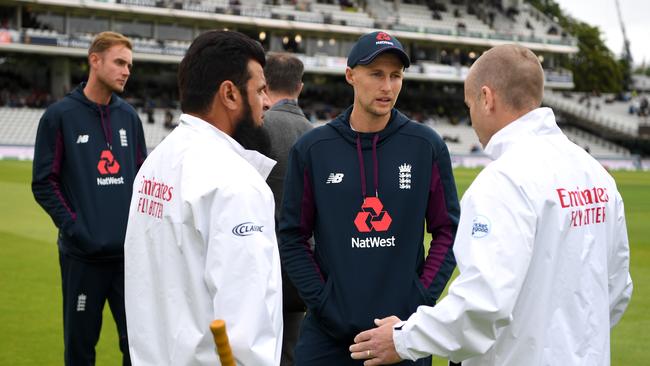
The inference is that, left to itself, professional sport supports the development of participants that would do well to simulate machines also. For this it compensates them massively, with the provisos that it can dispose of them, subject to form, at any time, and that the end is very seldom graceful.
Certainly that is the case in The Edge, where the preposterous, money-grubbing ten-Test Ashes sequence of 2013-14 is made to seem as gruelling as the Jarrow hunger march.
This is, then, a timely film, emerging in the same summer as the England Cricket Board has challenged its players to peak twice in improbably short order: to regain the Ashes on top of winning a World Cup.
If players welcomed some respite from this remorseless routine, then, one would not be in the least surprised. Separated from their phones by anti-corruption protocols, they might yesterday have even rediscovered the lost art of conversation.
There were stresses yesterday, of course: the underlying stress of waiting and wondering whether play would commence at any stage. At 2.35pm, in fact, the stumps went in, and warm-up routines commenced.
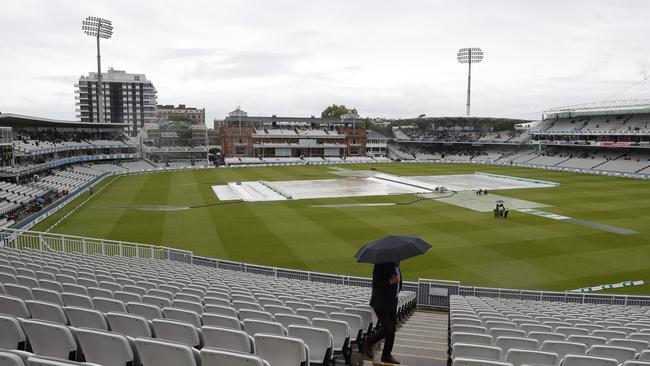
At 2.45pm, however, the stumps were pulled out and the hovercover resumed its vigil. At 3pm, as umbrellas sprouted in rain, the choreography of retrieving the tarpaulins began, and the players dissolved; by 3.05pm the whole of the infield was covered. Tim Paine, who had been standing on the balcony in his whites in expectation of a toss, finally withdrew from view.
Today it all starts again, with all the inherent risks for spectators. Fifty-five years ago, Cardus narrated how actual play brought a strange souring of mood: “Depression was already returning to the place. ‘Terrible cricket,’ someone moaned. ‘Why can’t they use their feet?’ moaned someone else.”
He had the solution: “I now suggest that in every summer at Lord’s two Tests matches at least are arranged under the following conditions … guaranteed, no play (band and rain if possible).” Who knows? Players might embrace it also.


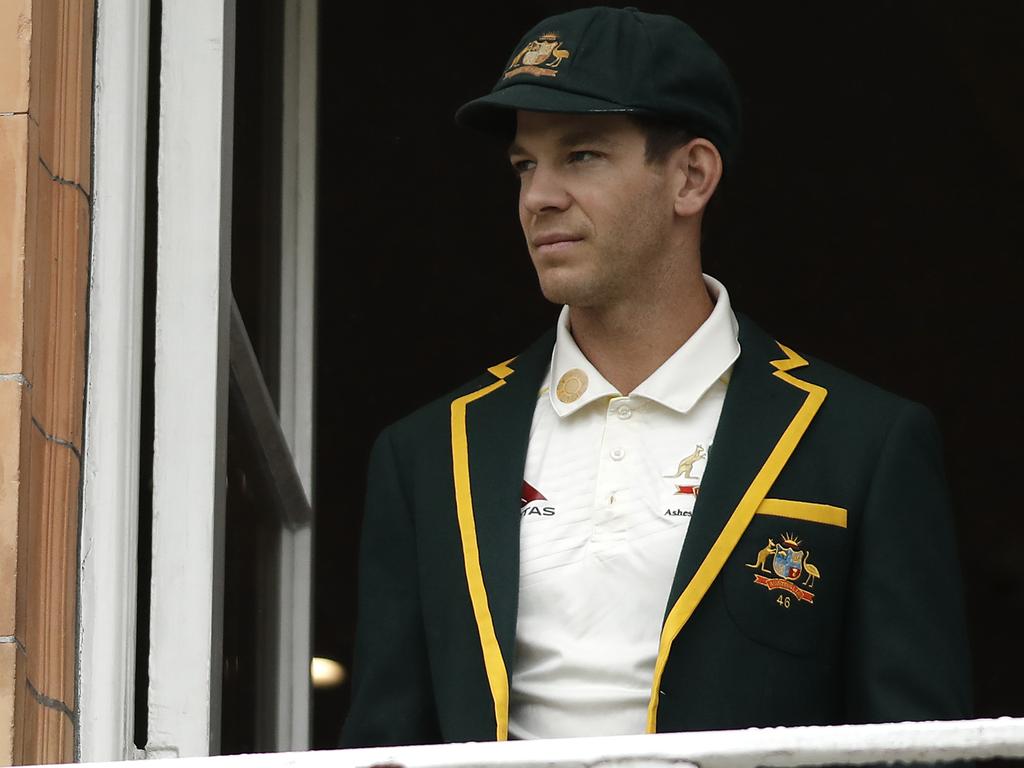


To join the conversation, please log in. Don't have an account? Register
Join the conversation, you are commenting as Logout